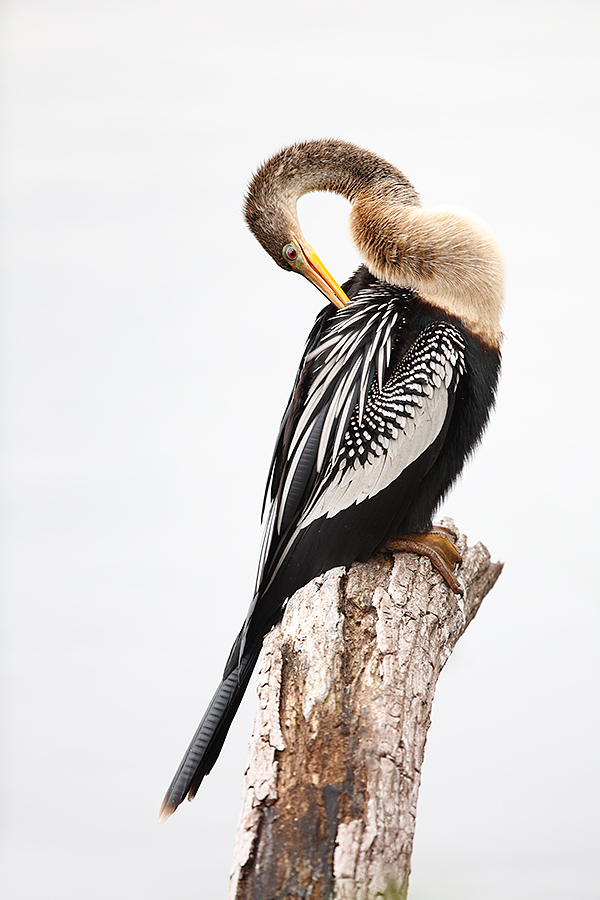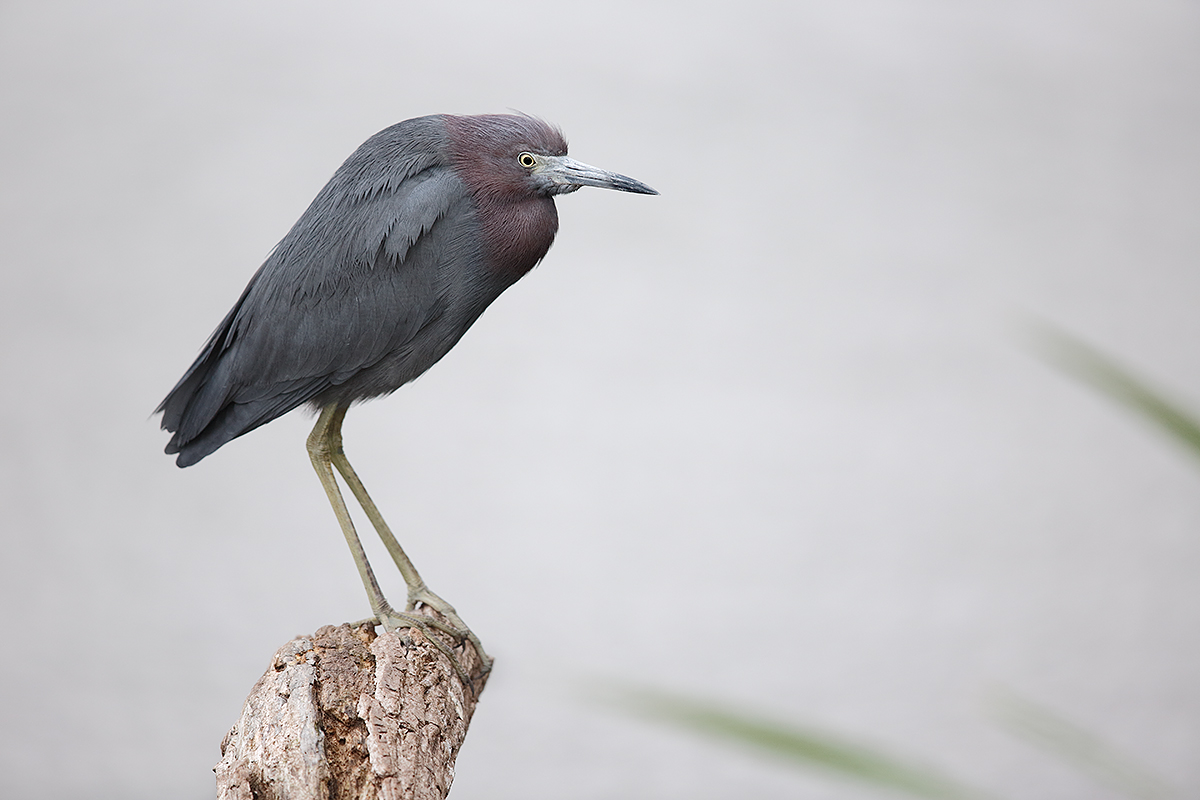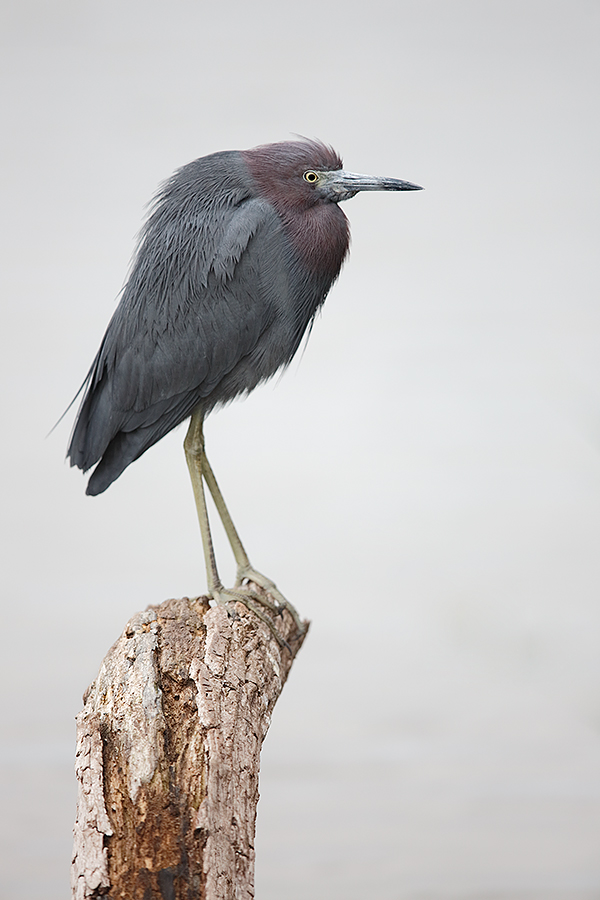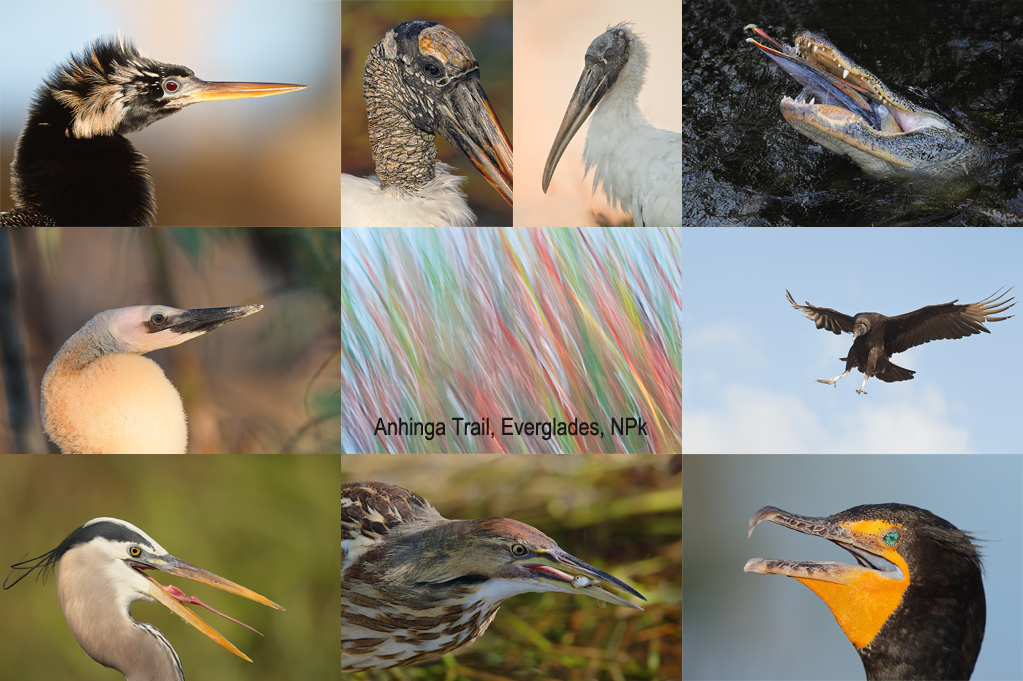And the Streak Continues
This post marks 66 days in a row with a new educational blog post, a record by far that should be extended for at least another week or two. Or not. 🙂 To show your appreciation, we ask that use our B&H and Amazon affiliate links for all of your B&H and Amazon purchases. Please check the availability of all photographic accessories in the BIRDS AS ART Online Store. We sell only what I use and depend on. We will not sell you junk. We know what you need to make creating great images easy and fun. And we are always glad to answer your gear questions via e-mail.
You can find the following items in the store: Gitzo tripods, Mongoose M3.6 and Wimberley heads, plates, low feet, and accessories, flash brackets, , Delkin e-film Pro Compact Flash Cards, LensCoat products, and our unique line-up of educational materials including ABP I & II, Digital Basics, Site and Set-up e-Guides, Canon and Nikon Camera Users and AF e-Guides, and MP-4 Photoshop video tutorials among others.
We would of course appreciate you using our B&H and Amazon affiliate links for all of your B&H and Amazon major gear, video, electronic, household, and personal purchases. For the photographic stuff mentioned in the paragraph above we would of course greatly appreciate your business.
Thanks and enjoy today’s blog post! This one took about 2 1/2 hours to assemble. I continue to feel better and stronger each day. I am probably at about 75% right now.
This is the last day to enter the BIRDS AS ART 2nd International Bird Photography Competition!
With so many folks signing up at the last minute at the end of December and with so many folks having trouble uploading their images due to server overload, the deadline for entering the contest (registering and paying) was extended just before the end of the last year until January 31, 2014. There will be no additional extensions. The deadline for uploading your images has been extended until midnight Eastern time on February 10, 2014. Take advantage of this extension to have a crack at the great prizes.
Learn more and enter the BIRDS AS ART 2nd International Bird Photography Competition here. Twenty-five great prizes including the $1000 Grand Prize and intense competition. Bring your best.
Register and Pay
To register click here.
To learn of payment options, click here.
|
This female Anhinga image was created at 8:00am on morning 1 of the Venice Rookery IPT with the Gitzo 3532 LS carbon fiber tripod, the Mongoose M3.6 head, the Central sensor Surround/AI Servo/Rear Focus on the bird’s eye and re-compose. Click here if you missed the Rear Focus Tutorial. Click on the image to see a larger version. |
The Main Advantage of f/4 Super-telephoto Lenses in the Predawn
The Basics
The main advantage of using an f/4 (or even an f/2.8 like the 300mm f/2.8 lenses from both Canon and Nikon) super-telephoto lens in the low light of pre-dawn is lens speed, the light gathering capabilities of a given lens. f/2.8 lenses gather one stop more light than f/4 lenses and f/4 lenses gather one stop more light than f/5.6 lenses. Faster lenses weigh more than slower lenses and cost a lot more than slower lenses because the size of the widest aperture requires larger lens elements so that the lenses can gather the prescribed amount of light at f/4 (or at f/2.8).
One stop more light lets you work one stop faster, or alternatively, to use one stop lower ISO. Both of these are huge advantages in low light, predawn conditions.
|
This horizontal adult Little Blue Heron image was created at 7:45 am on morning 1 of the Venice Rookery IPT with the Gitzo 3532 LS carbon fiber tripod, the Mongoose M3.6 head, the Central sensor Surround/AI Servo/Rear Focus on the bird’s eye and re-compose. Click here if you missed the Rear Focus Tutorial. Click on the image to see a larger version. |
Predawn Strategies
In most predawn situations you are fighting for light, fighting for shutter speed, and fighting to lower your ISO settings. The lone exception might be when you are creating strong silhouettes against brightly lit and colored skies.
1-Choose the widest aperture so that you can enjoy relatively fast shutter speeds.
2-Avoid approaching your subject closely; the farther back you stay, the more depth-of-field you will enjoy.
3-Look for situations (like those here) where the subjects present themselves relatively flat, that is, all on one plane. To some degree this eliminates the need for extra depth-of-field.
4-Keep your teleconverters in your pocket if at all possible unless you are using an f/2.8 lens or unless you absolutely need it.
5-Use your best sharpness techniques. Lock the tripod head. Press your face against the back of the camera. Have your left hand and arm somewhere to settle things. I usually prefer keeping my hand on the bottom of the lens barrel well away from the camera.
6-Working at the lowest shutter speed that you are confident with will allow you to use lower ISOs. With the 500 and 600mm f/4L IS II lenses I am supremely confident at 1/60 sec. and will often go to 1/30 sec. to get to a lower ISO.
ABP II
You can learn Advanced Sharpness Techniques in The Art of Bird Photography II. ABP II: 916 pages/900+ images each with our legendary BAA educational captions.
|
This vertical adult Little Blue Heron image was created at 7:46 am on morning 1 of the Venice Rookery IPT with the Gitzo 3532 LS carbon fiber tripod, the Mongoose M3.6 head, the Central sensor Surround/AI Servo/Rear Focus on the bird’s eye and re-compose. Click here if you missed the Rear Focus Tutorial. Click on the image to see a larger version. |
Image Questions
Which is your favorite image? Why?
Which of the two adult Little Blue Heron images do you prefer. Why?
APTATS I & II and Digital Basics
You can learn advanced Quick Masking Techniques and more in APTATS I, and advanced Image Repair and Layer Masking Techniques in APTATS II. Mention this blog post and Jim will be glad to apply a $5 discount on your APTATS I purchase with phone orders only. Mention this blog post and Jim will be glad to apply a $10 discount on your APTATS II purchase with phone orders only. Order both to hone your Photoshop image clean-up skills and Jim will be glad to enter a $15 discount for the pair, on phone orders only.
Consider also my Digital Basics File, an instructional PDF that is sent via e-mail. It includes my complete digital workflow, dozens of great Photoshop tips, several different ways to expand canvas, all of my time-saving Keyboard Shortcuts, Quick Masking, Layer Masking, and NIK Color Efex Pro basics, my killer image clean-up techniques, Digital Eye Doctor, and tons more.
The DPP RAW Conversion Guide
To learn why I use Canon’s Digital Photo Professional (DPP) to convert every image that I work on, click here.
|
Bird Photography Hotspot: Anhinga Trail, Everglades National Park. Learn more here. |
There is still time to join us for this IPT!
Anhinga Trail/Everglades National Park Mini-IPT: Feb 1-2, (SAT/SUN), 2014. (Limit 12/Openings 5): $799. Introductory slide program today: 7pm: FRI Jan 31. (Limit 12/Openings: 6):
Join Denise Ippolito and Arthur Morris for four great photography sessions at one of the top bird photography hotspots in North America. Morning sessions: 6:15am to 10:30am. Afternoon sessions: 3:00pm till 5:45pm. Lunch included. Informal image review and Photoshop sessions after lunch. Please e-mail if you would like to join us at the last second. There is a 15% late registration discount. Or call my cell at 863-221-2372 and leave a message if I do not answer.
Support the BAA Blog. Support the BAA Bulletins: Shop B&H here!
We want and need to keep providing you with the latest free information, photography and Photoshop lessons, and all manner of related information. Show your appreciation by making your purchases immediately after clicking on any of our B&H or Amazon Affiliate links in this blog post. Remember, B&H ain’t just photography!




Amazon
Everyone buys something from Amazon, be it a big lens or deodorant. Support the blog by starting your search by clicking on the logo-link below. No purchase is too small to be appreciated; they all add up. Why make it a habit? Because I make it a habit of bringing you new images and information on an almost daily basis.
Typos
In all blog posts and Bulletins, feel free to e-mail or to leave a comment regarding any typos, wrong words, misspellings, omissions, or grammatical errors. Just be right. 🙂
IPT Info
Many of our great trips are filling up. See especially info on the South Florida, Holland, and Nickerson Beach IPTs. Two great leaders on most trips ensure that you will receive individual attention, have all of your questions answered, and learn a ton including how to think like a pro, see the situation, and get the right exposure every time. In addition you will have fun, and make lots of great images. Click here for IPT details and general information.




















Oh yes….the horizontal image works for me due to the positioning of the 2 green leaves blurred in the background redirecting the eye to the Subject.
I think he’s referring to your notations under the images. You say you’re using a 5D Mark III.
I think so too but I would like to hear from him 🙂
Why the 5D?
I do not own a 5D nor did I use one for these images :). artie
Wow, Artie, the pictures are just breathe-taking. Especially at predawn.
I personally prefer the vertical shot. It feels more dramatic to me . . . cleaner and more alert.
Artie, to me it’s not close. I’ll take the horizontal framing on this one every time. It seems more contextual to me, while the vertical image seems to be floating in space. I know it’s just a knee-jerk reaction, but the presence of those few oof blades of grass make all the difference to me.